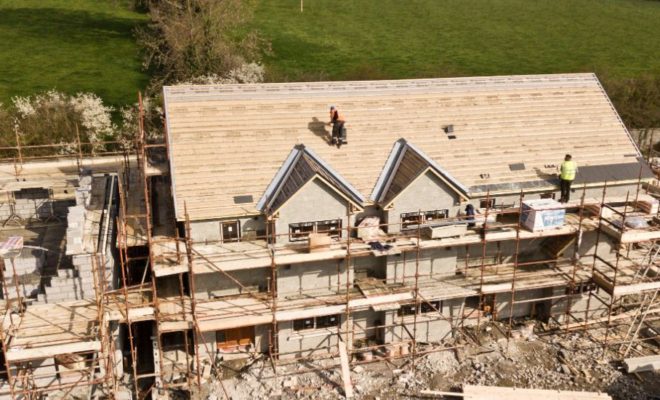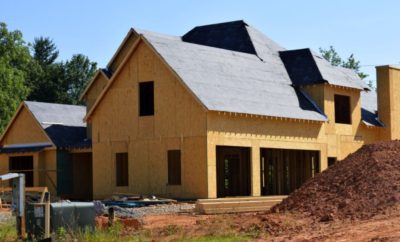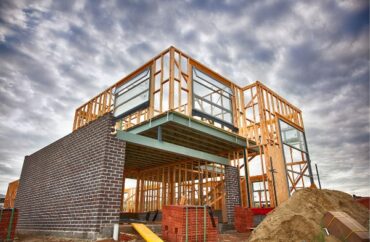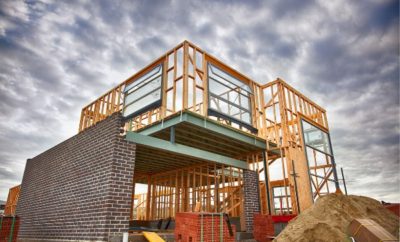
Zillow: Housing Inventory Dipped To 40% From Pre-COVID Levels
The home-buying season looks to have already begun, with eager buyers outnumbering diminishing new listings and driving inventory to record low levels in December.
As Zillow’s latest market data reveals, monthly house value gain has quickened for the first time since July, owing to a lack of supply.
According to a recent Zillow study, homeowners may be hesitant to list their homes and move due to a recurrence in coronavirus infections and employers’ growing uncertainty about post-pandemic working arrangements, in addition to not wanting to enter such a tight market as buyers.
“Home shoppers picked the shelves clean this December, leaving fewer active listings than ever before in the U.S. housing market,” Jeff Tucker, senior economist at Zillow stated.
“Enough determined buyers kept up their house hunt to reignite monthly price appreciation.”
“Rising mortgage rates could be the next potential headwind, but demand has proven persistent; neither high prices nor slim inventories have deterred buyers so far.”
The average property value is now $320,662, which is 19.6 percent more than the value in December 2020.
In statistics spanning more than 20 years, the annual growth rate is at an all-time high.
Month-over-month home value appreciation has resumed after slowing since July, rising from 1.2 percent in November to 1.4 percent in December.
The rising upward pressure on pricing is most likely owing to the very low inventory levels this winter.
After falling in November, inventories fell 11.1 percent in a month to a new low of around 923,000 dwellings in December.
Buyers looking in December had 19.5 percent fewer options than they did a year earlier, when inventory was already at an all-time low.
There are now 40.5 percent fewer properties for sale than in December 2019.
One encouraging sign for purchasers is that the market has steadily calmed since the frenetic summer.
In June, the average home in the United States spent only one week on the market before falling under contract.
Since then, it has grown month after month, reaching around 13 days in December.
Although this is still a very short time on the market, the extra few days allow buyers more time to weigh their options.
A surge in coronavirus cases may be impeding listings, and intentions to relocate may be jeopardized.
While December normally sees a substantial drop in newly listed inventory, the 18.9 percent monthly dip witnessed last month was the biggest in three years.
The emergence of the omicron type of coronavirus could be partly to blame, causing homeowners to wait for infection rates to drop before marketing their homes.
Workers are also less convinced about their long-term employment prospects, which may effect their plans to relocate.
According to a December Zillow survey, 52 percent of workers stated that their employer has announced post-pandemic work arrangements, which is a lower percentage than was reported in June 2021.
One probable explanation is that the emergence of novel coronavirus strains has caused companies to indefinitely postpone in-person start dates.
Workers whose employers have declared post-pandemic work arrangements are 51 percent more likely to indicate they are planning a move within the next three years, compared to 41 percent for those whose employers have not announced a plan.
Rental housing expansion is slowing.
In December, typical rents increased by a record 15.7 percent year on year to $1,855 per month.
Monthly growth, on the other hand, was 0.7 percent in December, the slowest since February.
Rents increased year over year in all 50 of the country’s main metropolitan areas.
Annual rent growth was fastest in the Sunbelt, followed by Miami (29.6 percent), Tampa (28.6 percent), Phoenix (26.0 percent), and Las Vegas (26.0 percent) (25.1 percent ).


























